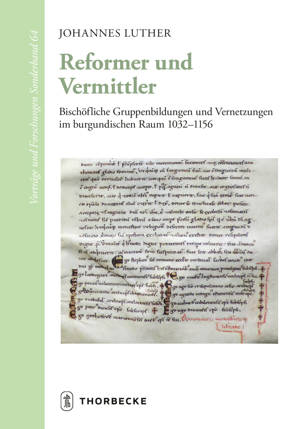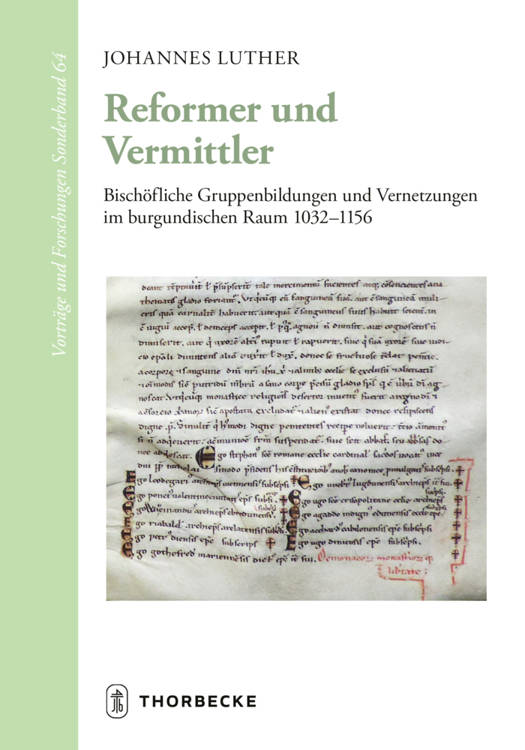
- Afhalen na 1 uur in een winkel met voorraad
- Gratis thuislevering in België vanaf € 30
- Ruim aanbod met 7 miljoen producten
- Afhalen na 1 uur in een winkel met voorraad
- Gratis thuislevering in België vanaf € 30
- Ruim aanbod met 7 miljoen producten
Zoeken
Omschrijving
This study examines the group formations and networks of bishops between 1032 and 1156 in the Burgundian region, which stretched from the Vosges over the Western Alps to the Mediterranean. At that time, the Burgundian bishoprics provided some measure of stability in an area that was otherwise characterised by absent royal rulers and fragmented local authority. Especially the prelates of the ecclesiastical provinces of Besancon, Tarentaise, Vienne, and Lyon made Burgundy, through their relationships and interactions, a social space that connected different regions of Western and Central Europe. Written sources such as charters, letters, canons, memorial lists, and narrative texts are used to show the importance of these actors as reformers and mediators during the profound upheavals of the European High Middle Ages.
Specificaties
Betrokkenen
- Auteur(s):
- Uitgeverij:
Inhoud
- Aantal bladzijden:
- 620
- Taal:
- Engels, Duits
- Reeks:
- Reeksnummer:
- nr. 64
Eigenschappen
- Productcode (EAN):
- 9783799567749
- Verschijningsdatum:
- 18/12/2023
- Uitvoering:
- Hardcover
- Formaat:
- Genaaid
- Afmetingen:
- 170 mm x 239 mm
- Gewicht:
- 1524 g

Alleen bij Standaard Boekhandel
+ 295 punten op je klantenkaart van Standaard Boekhandel
Beoordelingen
We publiceren alleen reviews die voldoen aan de voorwaarden voor reviews. Bekijk onze voorwaarden voor reviews.








